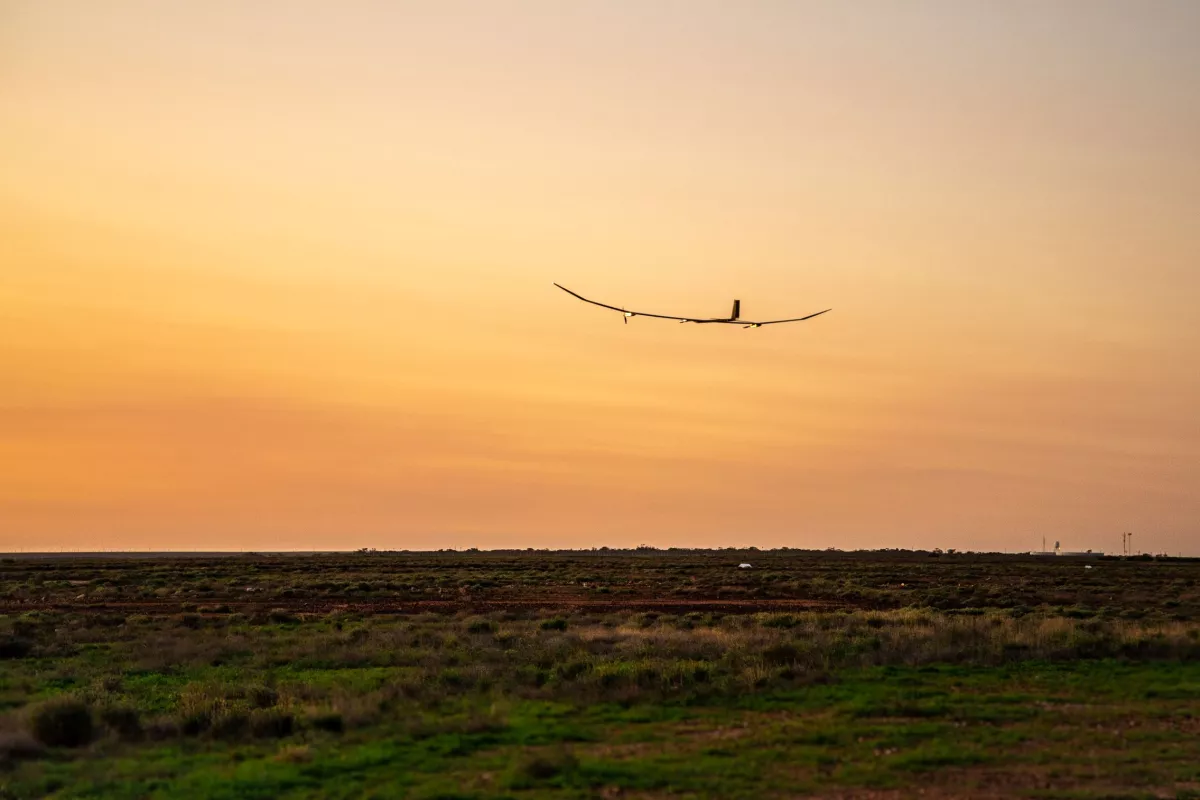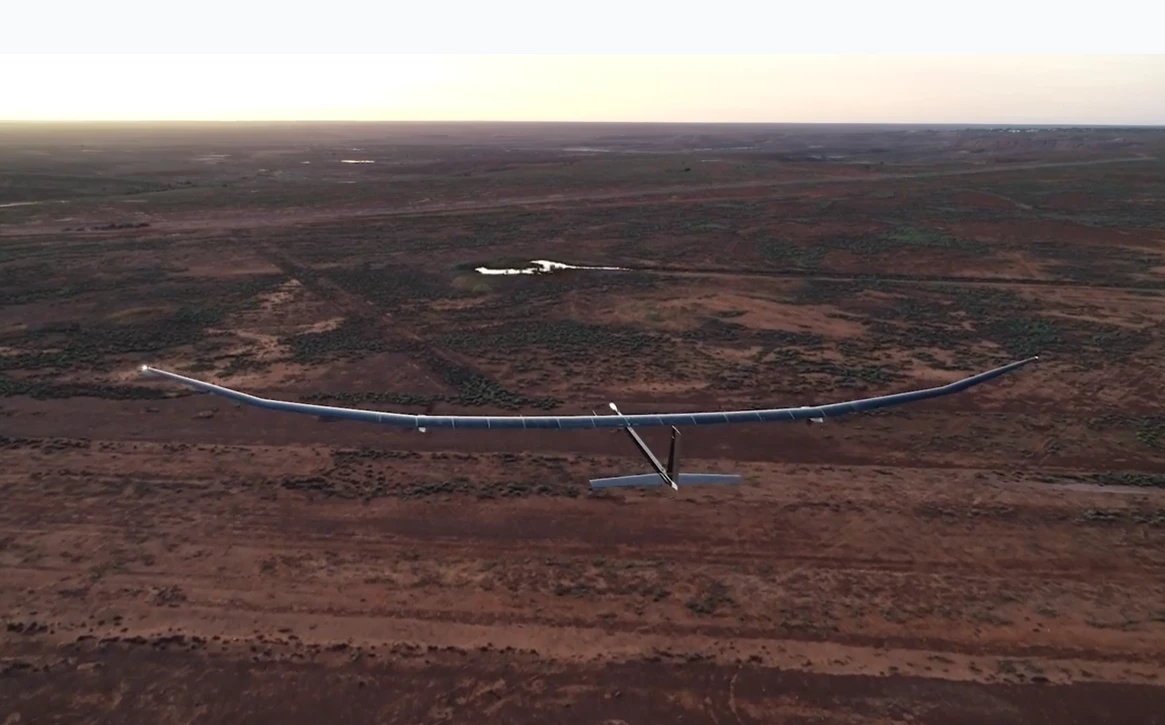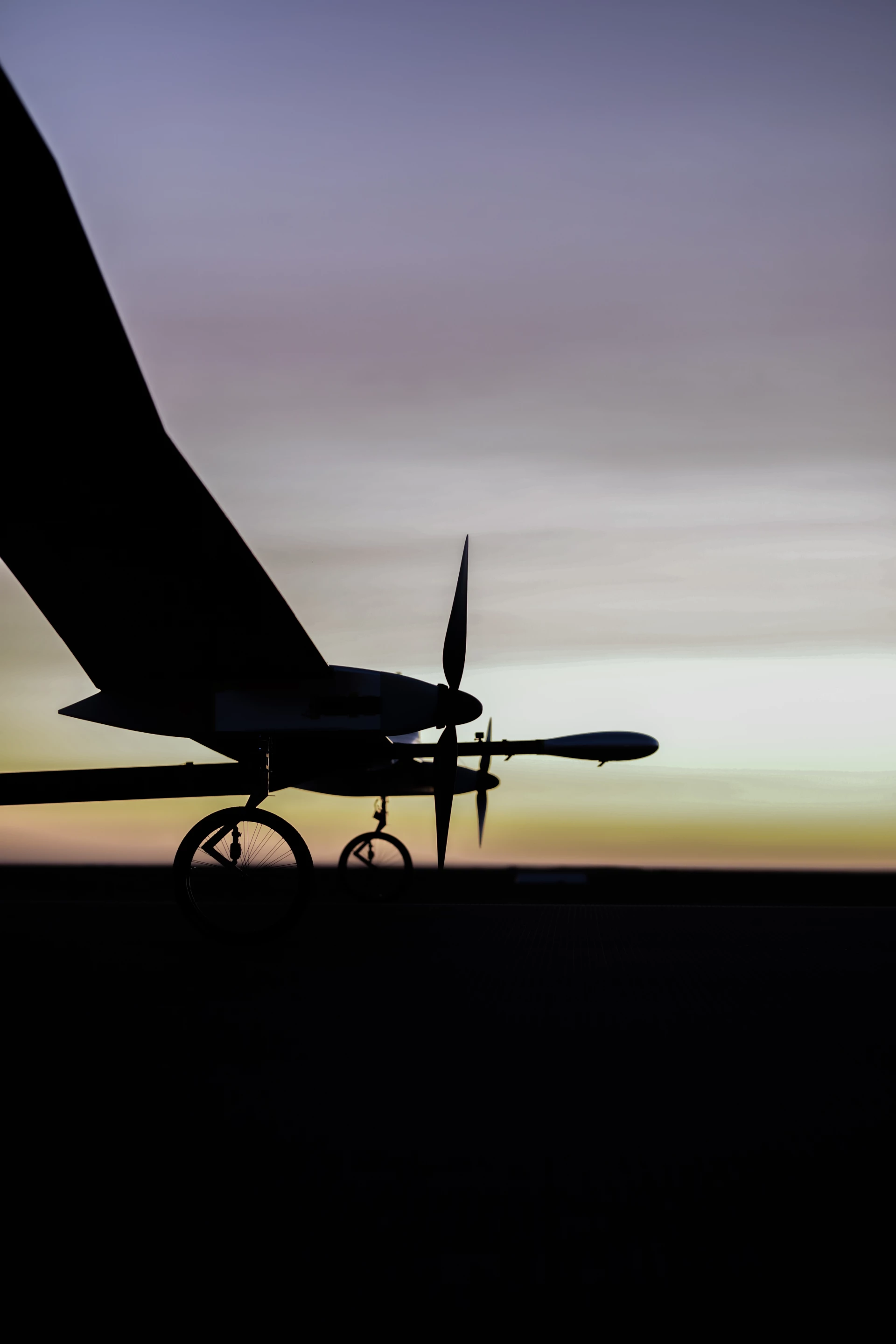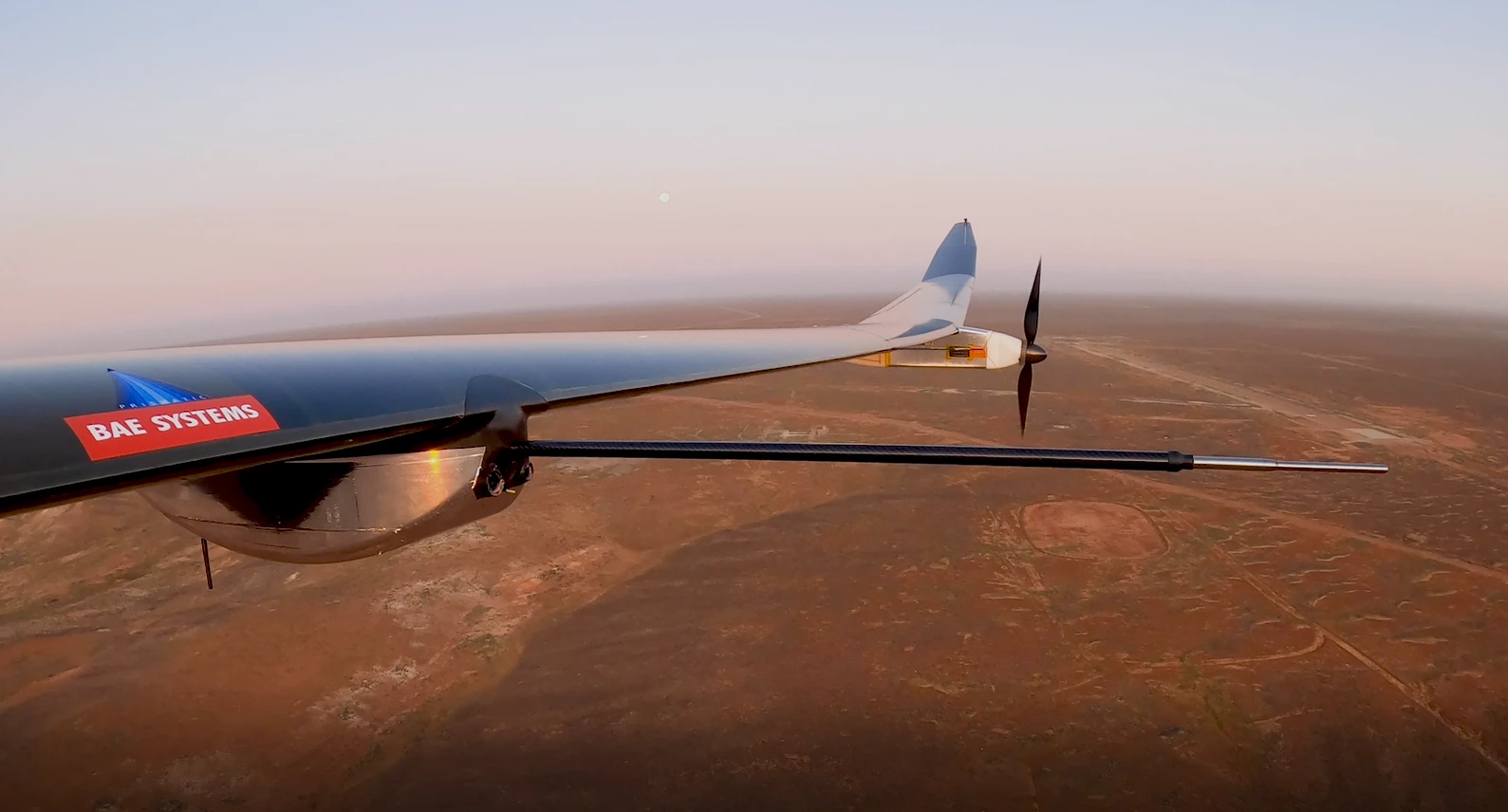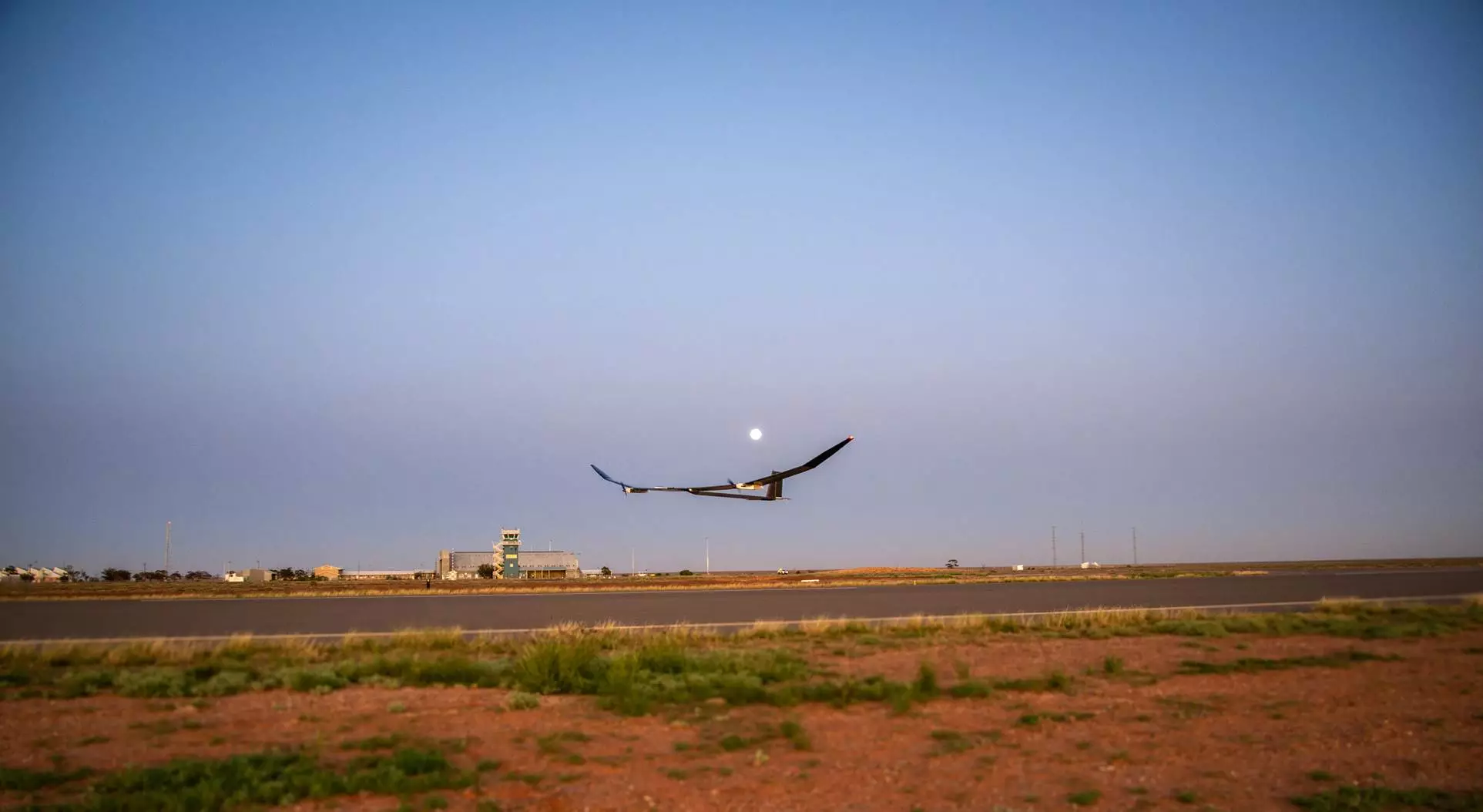A super-endurance unmanned solar-electric aircraft built for year-long flights has completed its maiden run. Built by BAE Systems subsidiary Prismatic, the Persistent High Altitude Solar Aircraft (PHASA-35) took to the air over the Royal Australian Air Force (RAAF) Woomera Test Range in South Australia for its first fully-integrated flight test.
Backed by Britain's Defence Science and Technology Laboratory (DSTL) and the Australian Defence Science and Technology Group (DSTG), the PHASA-35 is a High Altitude Long Endurance (HALE) vehicle designed to fill the gap between aircraft and satellites. According to BAE Systems, it went from design to first flight in 20 months with two full-size prototypes completed in 2019.
Cheaper than satellites to build and operate, the PHASA-35 is a persistent, stable aerial platform with military and civilian applications, including surveillance, communications, security, remote sensing, environmental science, forest fire detection, and maritime surveillance.

With a wingspan of 35 m (115 ft) and proprietary carbon-composite monocoque structure weighing 150 kg (331 lb), the PHASA-35 can spend up to a year in the air thanks to its gallium arsenide solar array and lithium-ion batteries running two brushless, direct-drive electric motors with bespoke high-altitude propellers. This allows it to run against prevailing winds as it operates at altitudes of up to 70,000 ft (21,000 m) and speeds of 50 to 78 knots (58 mph, 93 km/h to 90 mph, 145 km/h).
"This is an outstanding early result that demonstrates the pace that can be achieved when we bring the best of British capability together," says Ian Muldowney, Engineering Director at BAE Systems. "To go from design to flight in less than two years shows that we can rise to the challenge the UK Government has set industry to deliver a Future Combat Air System within the next decade."
More flight tests are slated for 2020, with initial operations to begin within 12 months.
Source: BAE Systems
